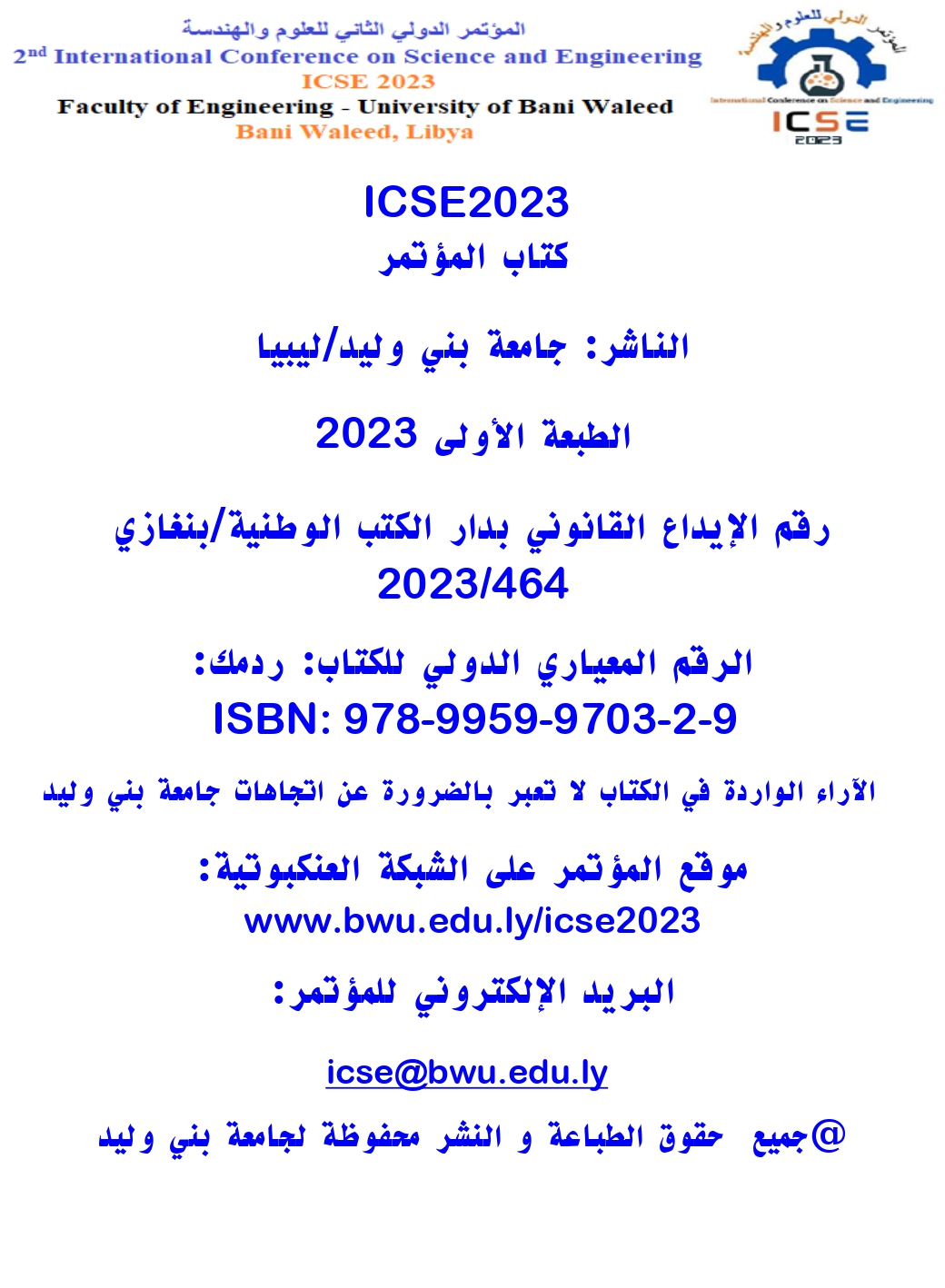Design and Simulation of UHF RFID Reader Antenna Based on General Purpose Applications.
DOI:
https://doi.org/10.58916/jhas.v8i3.189الكلمات المفتاحية:
Radio Frequency Identification، Voltage Standing Wave Ratio، Return Lossالملخص
Abstract: The fast expansion of global manufacturing and commerce has led to an increasing need for the automated and univocal identification of goods everywhere in the globe. In this regard, radio frequency identification (RFID) technology has been developing as a suitable and more advanced substitute for barcodes. RFID technology is already being used in a wide range of everyday applications, and the on-metal tagging solutions that are currently available are thicker and significantly more expensive than conventional RFID tags. Additionally, it is currently difficult to create miniature RFID tags with uniform (or nearly uniform) reading patterns that would enable identification of small objects regardless of their orientation. As opposed to that,, The design of RFID tags with optimum reading distance is an intriguing study topic within the context of RFID technology since some applications demand maximizing the reading distance, even at the price of the tag dimensions.
The primary goal of this paper is to design a UHF RFID reader antenna for emerging identification and sensor applications. To better select the best antenna based on the application and design it, the antenna theory required for a reader designed for a particular application is investigated. By exploring antenna size reduction and optimization strategies, which leads to the creation of computer-aided simulations, , a brand-new UHF RFID reader with low cost and tiny size and high gain and directivity was invented. Despite being tiny, this antenna was nevertheless able to deliver an excellent free space read range performance. Analysis and measurement findings were explained, and HFSS was used to introduce antenna analysis.
التنزيلات
المراجع
T. Beijing, “A Design of Phased Array Antenna Based on the Vivaldi Antenna,” pp. 334–337, 2010.
M. Tegegn, “Design and Analysis of a 28 GHz Microstrip Patch Antenna for 5G Communication Systems”, International Research Journal of Engineering and Technology (IRJET) e Volume: 08 Issue: 02 | Feb 2021.
G.J.Foschini, “Layered space-time architecture for wireless communication in a fading environment when using multi element antennas",BLTJ, Autumn, 1996.
Primer “Wi-Fi: Overview of the 802.11 Physical Layer and Transmitter Measurements", Copyright © 2013,
P. Ngocle, “Antenna selection for energy effivent MIMO OFDM wirless systems ”, university of wollonogong thesis collection, 2015.
C. A. Balanis “Antenna Theory Analysis and Design”, John Wiley & sons, inc., Publication, 3rd Edition, ISBN: 0-471-66782, 2005.








